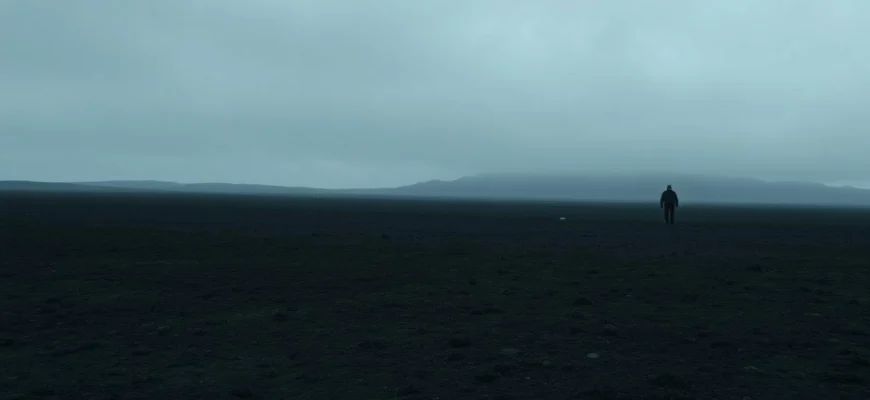If you were captivated by the intense survival drama and raw emotional depth of 'The Grey' (2012), you're in for a treat. This article explores 10 gripping movies and shows that share similar themes of survival, human resilience, and the relentless struggle against nature's fury. Whether you're drawn to the psychological tension, the breathtaking wilderness settings, or the profound exploration of life and death, these recommendations will keep you on the edge of your seat.
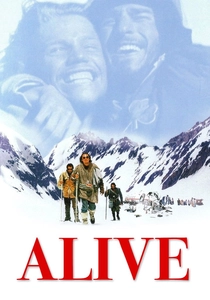
Alive (1993)
Description: Similar to 'The Grey', 'Alive' is based on a true story of survival against insurmountable odds, this time in the Andes Mountains after a plane crash. Both films highlight the themes of human endurance, the will to live, and the moral dilemmas faced in extreme conditions. The stark, snowy landscapes in 'Alive' evoke the same sense of isolation and danger as in 'The Grey'.
Fact: The film is based on the 1972 Andes flight disaster. Survivors of the actual event served as consultants on the film. The actors endured harsh filming conditions to authentically portray the survivors' ordeal.
 Watch Now
Watch Now 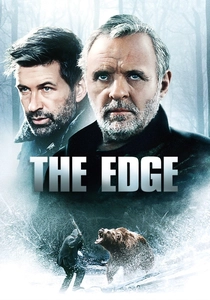
The Edge (1997)
Description: 'The Edge' parallels 'The Grey' in its depiction of a group of men stranded in the wilderness, battling not only the elements but also a predatory animal—a bear in this case, instead of wolves. Both films emphasize the psychological dynamics between the characters under extreme stress and the primal instincts that emerge in life-or-death situations.
Fact: The screenplay was written by David Mamet. Anthony Hopkins and Alec Baldwin starred in the film. The bear in the film was a trained grizzly named Bart.
 Watch Now
Watch Now 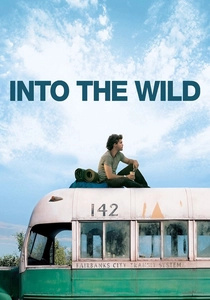
Into the Wild (2007)
Description: 'Into the Wild' shares with 'The Grey' a profound exploration of man's relationship with nature, albeit from a more philosophical and less immediately perilous perspective. Both films feature protagonists who seek solitude in the wilderness, only to confront its harsh realities. The emotional and existential themes in both movies resonate deeply, offering a poignant look at human vulnerability and strength.
Fact: The film is based on Jon Krakauer's non-fiction book of the same name. Emile Hirsch lost 40 pounds for his role. Eddie Vedder of Pearl Jam composed the film's soundtrack.
 Watch Now
Watch Now 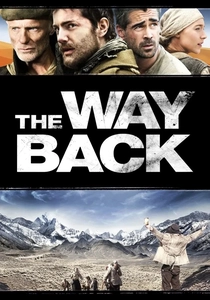
The Way Back (2010)
Description: 'The Way Back' aligns with 'The Grey' in its portrayal of a grueling journey through a hostile wilderness, with survival as the central theme. Both films explore the physical and mental fortitude required to endure extreme conditions. The expansive, desolate landscapes in 'The Way Back' amplify the sense of isolation and struggle, much like in 'The Grey'.
Fact: The film is inspired by the alleged escape of a group from a Siberian Gulag. Directed by Peter Weir. The cast endured real hardships during filming to capture the authenticity of the journey.
 Watch Now
Watch Now 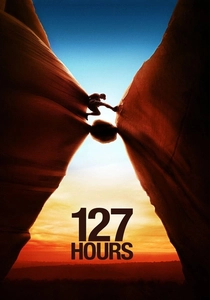
127 Hours (2010)
Description: Like 'The Grey', '127 Hours' is a gripping survival story that focuses on a single protagonist's fight for survival in an isolated and hostile environment. Both films delve into the psychological and physical toll of extreme situations, showcasing the protagonist's introspection and determination. The intense, claustrophobic atmosphere in '127 Hours' mirrors the relentless tension in 'The Grey'.
Fact: The film is based on the true story of Aron Ralston, who amputated his own arm to free himself from a boulder. James Franco performed most of his stunts himself. The film was shot in just 20 days.
 Watch Now
Watch Now 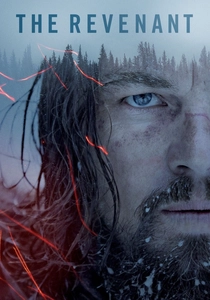
The Revenant (2015)
Description: Similar to 'The Grey', 'The Revenant' is a survival drama that pits man against nature in a brutal and unforgiving wilderness. Both films explore themes of resilience, revenge, and the human will to survive against overwhelming odds. The cinematography in both films captures the stark beauty and danger of the natural world, enhancing the visceral experience of the characters' struggles.
Fact: Leonardo DiCaprio won his first Oscar for his performance in 'The Revenant'. The film was shot using only natural light to maintain authenticity. The bear attack scene took months to choreograph and film.
 Watch Now
Watch Now 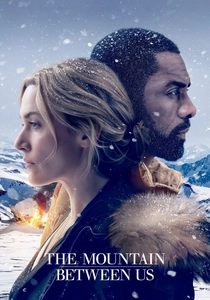
The Mountain Between Us (2017)
Description: 'The Mountain Between Us' shares with 'The Grey' a survival story set in a snowy, remote landscape, where the protagonists must rely on each other to survive. Both films explore themes of human connection and resilience in the face of nature's indifference. The emotional and physical journey of the characters in both films is central to the narrative.
Fact: Based on the novel by Charles Martin. Idris Elba and Kate Winslet star in the film. The film was shot in the Canadian Rockies.
 Watch Now
Watch Now 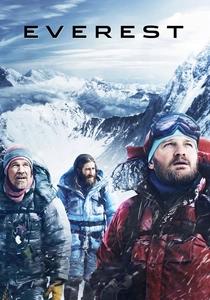
Everest (2015)
Description: 'Everest' shares with 'The Grey' a focus on a group of individuals facing the lethal forces of nature, in this case, the world's highest mountain. Both films depict the camaraderie and conflict among the characters as they struggle to survive. The breathtaking yet deadly landscapes in 'Everest' mirror the desolate, frozen setting of 'The Grey'.
Fact: The film is based on the 1996 Mount Everest disaster. Some scenes were filmed on location in Nepal. The cast underwent rigorous training to prepare for the high-altitude conditions.
 Watch Now
Watch Now 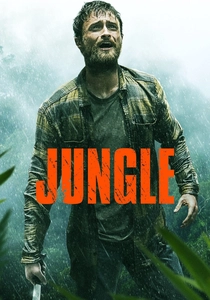
Jungle (2017)
Description: 'Jungle' resonates with 'The Grey' in its intense survival narrative, where the protagonist must navigate a treacherous environment—this time, the Amazon rainforest. Both films delve into the psychological and physical challenges of survival, with nature serving as both a formidable adversary and a transformative force.
Fact: Based on the true story of Yossi Ghinsberg's survival in the Amazon. Daniel Radcliffe starred in the lead role. The film was shot in the jungles of Colombia and Australia.
 Watch Now
Watch Now 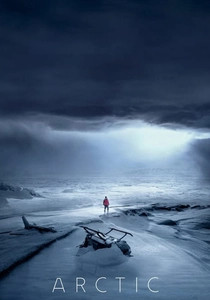
Arctic (2018)
Description: 'Arctic' mirrors 'The Grey' in its minimalist approach to storytelling, focusing on a lone survivor in a frozen wasteland. Both films emphasize the protagonist's resourcefulness and determination in the face of relentless adversity. The stark, icy visuals in 'Arctic' create a similarly oppressive and immersive atmosphere as in 'The Grey'.
Fact: Mads Mikkelsen stars in the film, carrying much of the narrative alone. The film was shot in Iceland. There is very little dialogue, relying heavily on visual storytelling.
 Watch Now
Watch Now 
